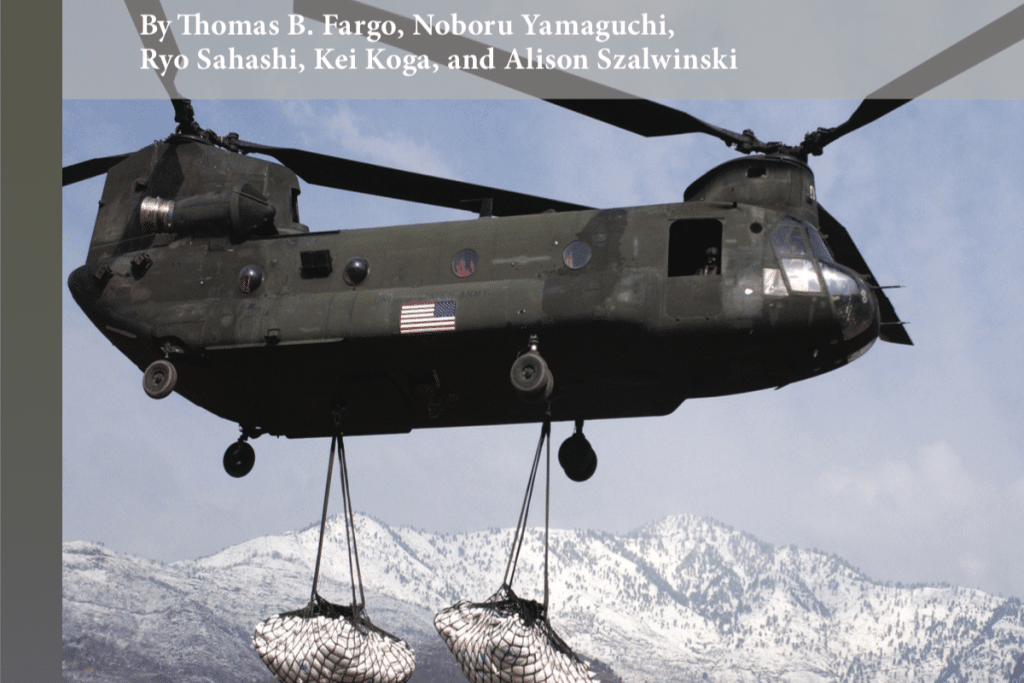STRATEGIC ASSISTANCE: ASIA-PACIFIC STABILITY & DISASTER RELIEF
» Programs
2013–2015
Asia is one of the most disaster-prone regions in the world and experts predict disasters will become more frequent and more damaging. The immense scope, size, and damage of recent disasters—the 2004 Indian Ocean tsunami, 2009 Cyclone Nargis, and 2011 Great East Japan Earthquake—demonstrate the enormous need for regional cooperation and support. In response, a joint research program between the National Bureau of Asian Research (NBR) and JCIE explored how the United States and Japan can elevate humanitarian assistance and disaster relief (HA/DR) operations to be a key component of their combined regional security strategy.
The project examined the concept of “strategic assistance,” which seeks to apply lessons from recent HA/DR operations to US and Japanese strategies, plans, and postures for future disaster responses in South and Southeast Asia in a whole-of-society, joint US-Japan approach. Given the shifting threat environment within South and Southeast Asia (caused by a wide range of environmental, political, socioeconomic, and other factors), regional states recognize the need for improvements in multilateral coordination on disaster preparedness and response.
While many of these states can benefit from US and Japanese involvement in HA/DR activities, they have varying perceptions of and concerns about the US and Japanese roles in providing assistance. It remains clear, however, that given military, civilian government, and private-sector capabilities, the US-Japan alliance is an ideal platform to deliver enhanced HA/DR operations in Asia. While keeping in mind challenges such as fiscal constraints, sovereignty concerns, and political dynamics, the strategic assistance concept envisions the United States and Japan working together to build resilience, strengthen response, and enhance recovery in HA/DR operations.
FINAL REPORT
RELATED ACTIVITIES
STUDY TEAM
JAPAN
Senior Advisor Lt. Gen. Noboru Yamaguchi, GSDF (Ret.) National Defense Academy of Japan
Principal Investigator Dr. Ryo Sahashi Japan Center for International Exchange
Project Associate Dr. Kei Koga Nanyang Technological University
UNITED STATES
Senior Advisor Admiral Thomas B. Fargo, USN (Ret.) The National Bureau of Asian Research Principal Investigator Mr. Abraham M. Denmark The National Bureau of Asian ResearchThe launch of this dialogue program was made possible through the generous support of the Center for Global Partnership and the Sasakawa Peace Foundation.

